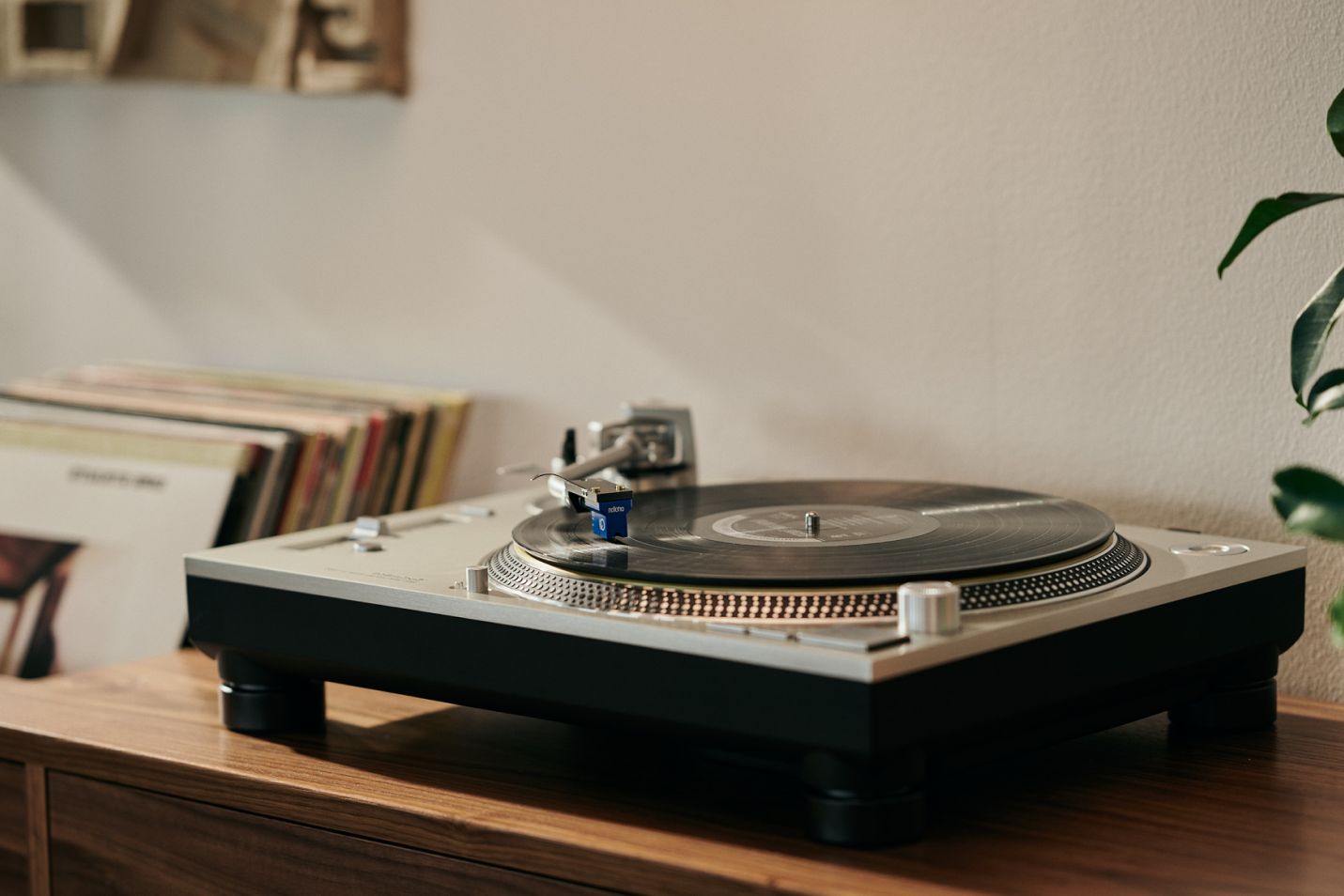
Turntables have a rich history and remain a beloved piece of audio equipment for many music enthusiasts. Whether you're a seasoned vinyl collector or just curious about these fascinating devices, there's always something new to learn. Did you know that the first turntable was invented in the late 19th century? Or that modern turntables can offer sound quality that rivals digital formats? Turntables aren't just about playing records; they represent a unique blend of art, science, and nostalgia. From their intricate mechanics to their cultural impact, these devices have a lot to offer. Ready to spin through some intriguing facts? Let's get started!
The Origin of Turntables
Turntables have a rich history that dates back over a century. They have evolved from simple devices to sophisticated pieces of technology.
- The first turntable was invented in 1877 by Thomas Edison. It was called the phonograph.
- Early turntables used cylinders instead of flat discs to play music.
- Emile Berliner introduced the flat disc record in 1887, revolutionizing the industry.
- The term "turntable" became popular in the 1940s when radio DJs began using them to play music on air.
The Mechanics of Turntables
Understanding how turntables work can be fascinating. They combine mechanical and electrical components to produce sound.
- Turntables use a stylus, also known as a needle, to read the grooves on a vinyl record.
- The stylus is attached to a tonearm, which moves across the record as it plays.
- A motor spins the platter, the flat surface where the record sits.
- Turntables can be belt-driven or direct-driven, each offering different advantages.
- Belt-driven turntables use an elastic belt to spin the platter, reducing motor noise.
- Direct-driven turntables have the motor directly attached to the platter, providing more consistent speed.
The Evolution of Turntable Technology
Turntables have seen significant technological advancements over the years, making them more user-friendly and efficient.
- In the 1970s, Technics introduced the SL-1200, a direct-drive turntable that became a favorite among DJs.
- Quartz lock technology was developed to maintain precise speed control.
- USB turntables emerged in the 2000s, allowing users to convert vinyl records to digital formats.
- Modern turntables often include Bluetooth connectivity for wireless playback.
Turntables in Popular Culture
Turntables have played a significant role in music and culture, influencing various genres and movements.
- The rise of hip-hop in the 1970s and 1980s saw DJs using turntables to create new sounds through scratching and mixing.
- Turntablism became an art form, with DJs competing in battles to showcase their skills.
- Iconic DJs like Grandmaster Flash and DJ Kool Herc helped popularize turntable techniques.
- Turntables have been featured in movies, TV shows, and music videos, symbolizing the art of DJing.
Collecting and Caring for Vinyl Records
Vinyl records and turntables go hand in hand. Collecting and maintaining records is an essential part of the experience.
- Vinyl records should be stored vertically to prevent warping.
- Cleaning records regularly with a soft brush or cloth can improve sound quality.
- Anti-static sleeves help protect records from dust and static electricity.
- Turntable needles should be replaced periodically to ensure optimal performance.
The Resurgence of Vinyl
Vinyl records and turntables have seen a resurgence in popularity in recent years, appealing to both old and new generations.
- Vinyl sales have been steadily increasing since the early 2000s, with many new albums being released on vinyl.
- Record Store Day, an annual event celebrating independent record stores, has contributed to the vinyl revival.
- Many artists release special editions and limited pressings on vinyl, attracting collectors.
- The tactile experience of handling records and the warm sound quality are major draws for vinyl enthusiasts.
Fun Facts About Turntables
Turntables have some quirky and interesting aspects that make them unique.
- Some high-end turntables can cost tens of thousands of dollars due to their precision engineering and materials.
- The world's largest turntable, built in 2011, measures over 27 feet in diameter and can play records up to 12 feet wide.
The Final Spin
Turntables aren't just relics from the past. They've made a huge comeback, blending nostalgia with modern tech. Vinyl records offer a unique sound quality that digital formats can't quite match. Collectors and music lovers alike cherish the tactile experience of handling records and the rich, warm sound they produce.
Whether you're a seasoned audiophile or a newbie, there's always something new to learn about turntables. From understanding the mechanics to appreciating the artistry of vinyl, these facts highlight why turntables remain beloved. So, next time you drop the needle on a record, remember you're part of a tradition that spans decades.
Turntables are more than just music players; they're a bridge between eras, connecting us to the past while we groove into the future. Keep spinning those records and enjoy the timeless magic of vinyl.
Was this page helpful?
Our commitment to delivering trustworthy and engaging content is at the heart of what we do. Each fact on our site is contributed by real users like you, bringing a wealth of diverse insights and information. To ensure the highest standards of accuracy and reliability, our dedicated editors meticulously review each submission. This process guarantees that the facts we share are not only fascinating but also credible. Trust in our commitment to quality and authenticity as you explore and learn with us.
